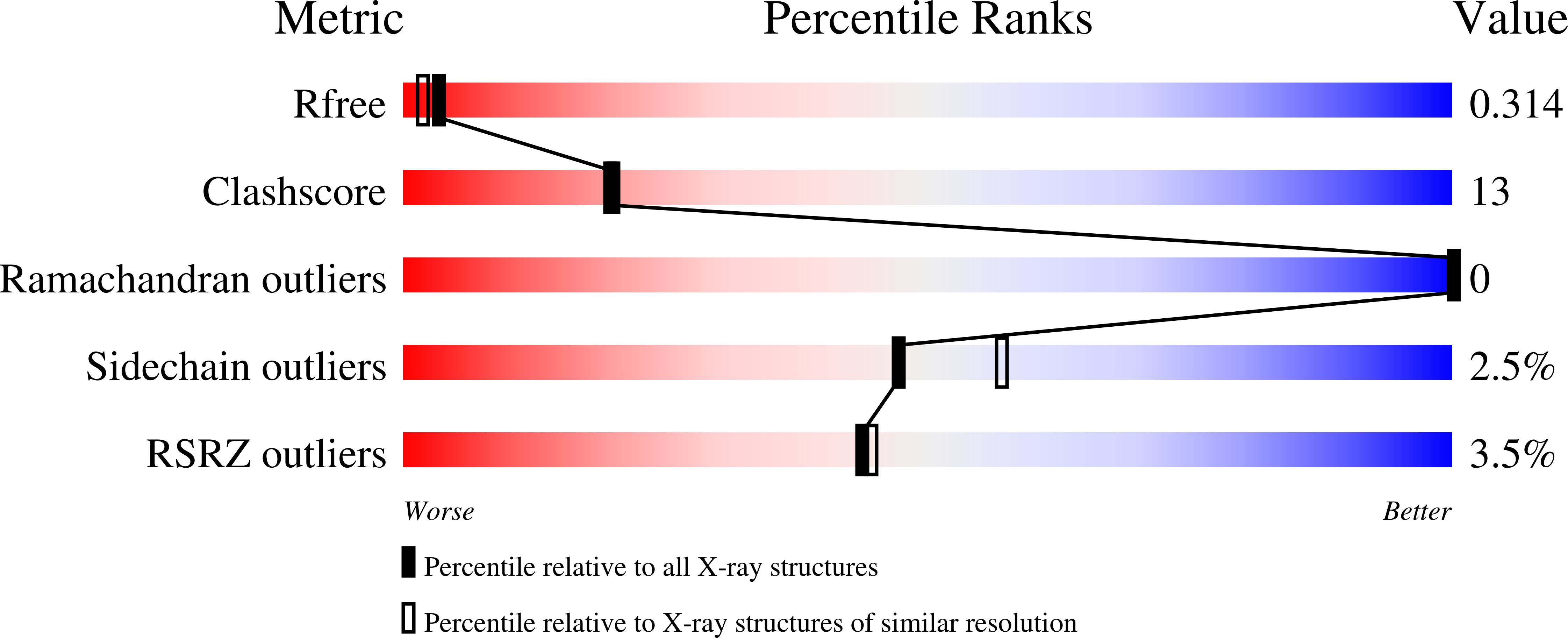
Deposition Date
2021-07-23
Release Date
2021-11-17
Last Version Date
2024-10-16
Entry Detail
Biological Source:
Source Organism:
Gammaproteobacteria bacterium (Taxon ID: 1913989)
Host Organism:
Method Details:
Experimental Method:
Resolution:
2.18 Å
R-Value Free:
0.30
R-Value Work:
0.24
R-Value Observed:
0.25
Space Group:
P 21 21 2


